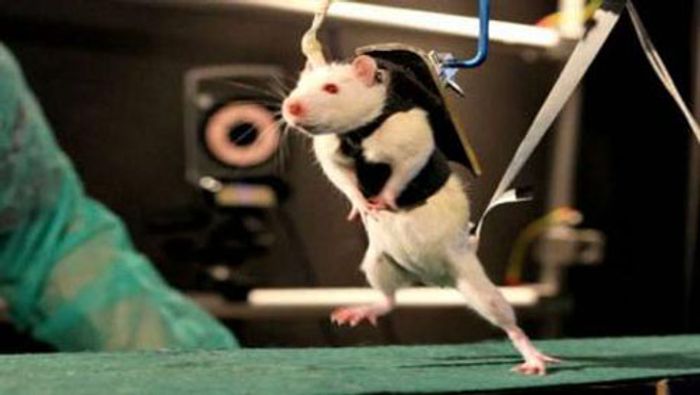Here’s a video from TU Delft explaining quantum “spooky action,” which they claim to have proven to exist in their experiments.
Update: this video is, ironically, unavailable to inform us at a distance. There is a version hosted elsewhere however. Thanks, NYC Mesh!
Update 2: it seems the video is working again. Weird!
From the NY Times:
The Delft study, published Wednesday in the journal Nature, lends further credence to an idea that Einstein famously rejected. He said quantum theory necessitated “spooky action at a distance,” and he refused to accept the notion that the universe could behave in such a strange and apparently random fashion.

